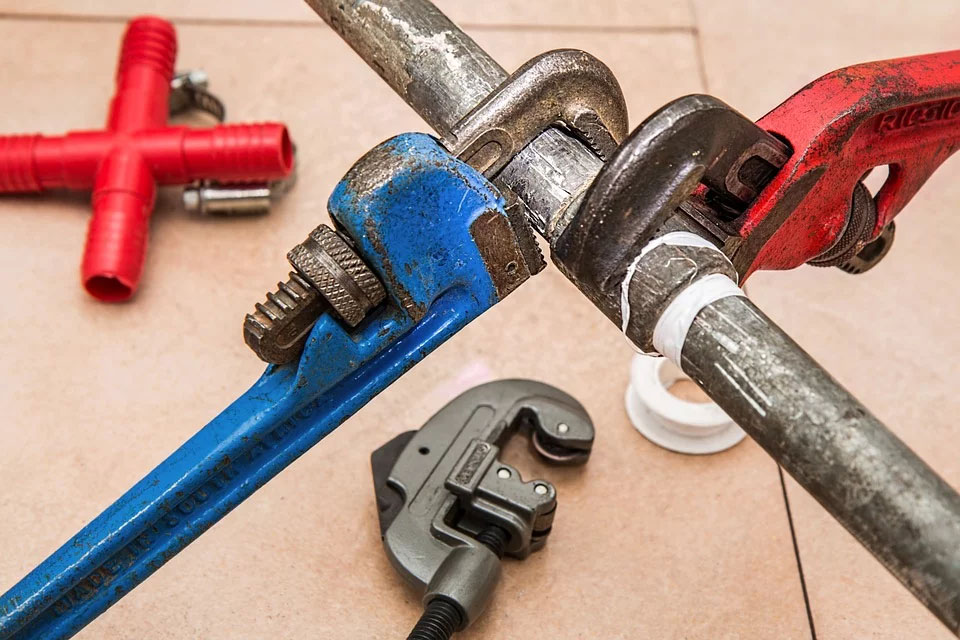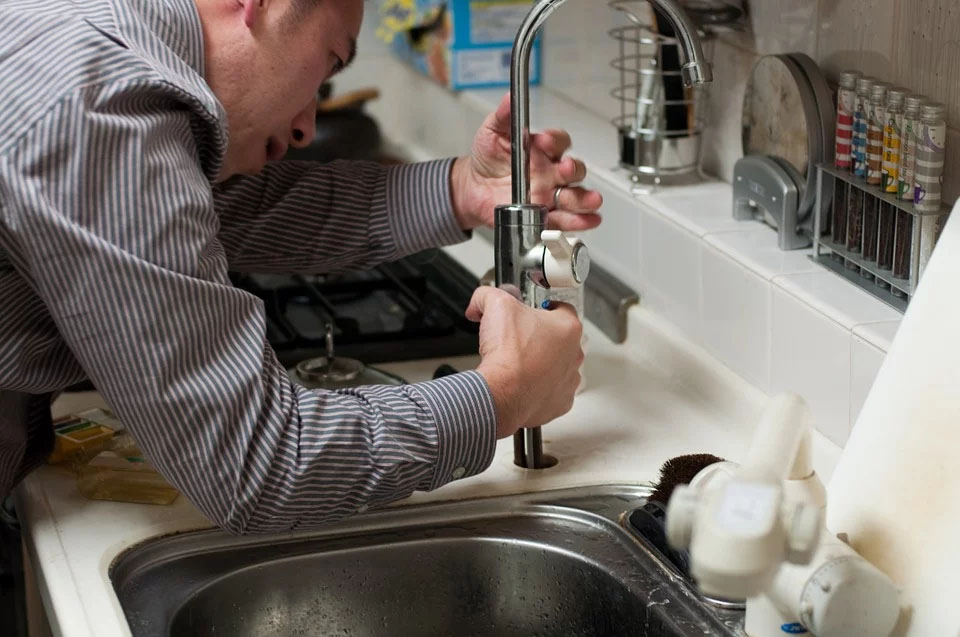Like every other job, plumbing is an artistic profession that comes with its own set of ground rules along with some specific instructions. Plumbing can be one of the most typical jobs if not the hardest of them all. But, that can’t stop you from becoming a DIY house plumber, if anything goes wrong with the pipes and fixtures in your home-sweet-home.
Plus, water leaking from the pipes, spreading all over the floor, reaching your posh carpets, wetting those work documents your daughter just laid all over the place, definitely not a good idea. Especially when you need the work urgently done and can’t find a plumber anywhere. DIY plumbing seems like the best and only option.
Here are some common mistakes that not only DIY plumbers, but even the experienced officials make while plumbing.
1. No Water, No Problem
People often try to quickly mend the faucet without turning off the water. But by doing this, you might end up flooding your home. First of all, you might want to stop the water that’s destroying hours of your hard work. So, turn the water off from the source pipe by turning off the main valve. This will buy you enough time to change the faucet that was leaking.
2. Drainage Cleaning Tools
One of the most common plumbing issues is the clogged kitchen sinks or toilet drains. The p-traps, used in drains to trap water, end up trapping hair, grease, soap scum and debris as well, which clogs the drain. It is highly suggested to look for the folks with trusted expertise in plumbing to fix this situation.
However, if you feel you can fix this yourself, try using a barbed drain cleaner to get rid of those clogs in the most efficient way instead of using liquid cleaners. Liquid cleaners will only complicate the simple clogs into bigger problems.
3. Avoid Muscle Hustle

Avoid over-tightening the valves while fixing the faucets. Applying too much force to tight the supply tubes of faucets will only cause them to break. Over-tightening the galvanized pipes might look fine to you, but it can backfire within a couple of weeks and the fittings might crack later due to the water pressure. Use a lighter force, when tightening the toilet closet bolts and hex nuts as well.
4. Tape’s Shape, Type And Direction
The PTFE thread tape that is used to tighten the threads is often mistakenly wrapped in the wrong direction by most people. The correct way to use it is to wrap it in the clockwise direction on the threads to seal the fittings. Wrapping the thread tape in backward direction will give the alternate results and will be nothing but a waste. Not only the direction but the type of the thread tape also matters.
It varies with the type of plumbing you’re doing in your home. Use a thick pink tape for water carrying fittings and a yellow gas-rate tape for connections of gas lines
5. Copper Heating Problems
One thing that you should make sure before sweating the copper pipe is that they should be dried thoroughly. Heating the copper pipes with water inside the lines would result in bursting the pipes. The water will shower from the pipeline through small pores.
Most people also make a mistake of heating only the soldering wire and not the Copper thinking they would drop the melted soldering wire to the copper. However, the right way to get the job done is by heating the Copper red-hot. So, as soon as the soldering wire touches Copper, it melts and sticks onto it.
6. Stuck Shut Off Valves
Valves that usually don’t require much force to turn on sometimes get stuck tightly. But there is no need to go all Hulk over it. Even after applying a great force, they won’t budge and stay shut off. This is because such valves are less likely to be used on a regular basis due to which the valve stem inside gets stuck with the upper knob and prevents it from moving. But every problem has a solution.
You don’t need to change the entire valve just because it’s stuck, instead, an adjustable wrench can be used to break the stem-knob bond to make the valve work as good as ever.
These are some of the common minor mistakes that people make which lead to major problems in households. Try to keep them in mind with all your right type of plumbing equipment and you are good to go.





